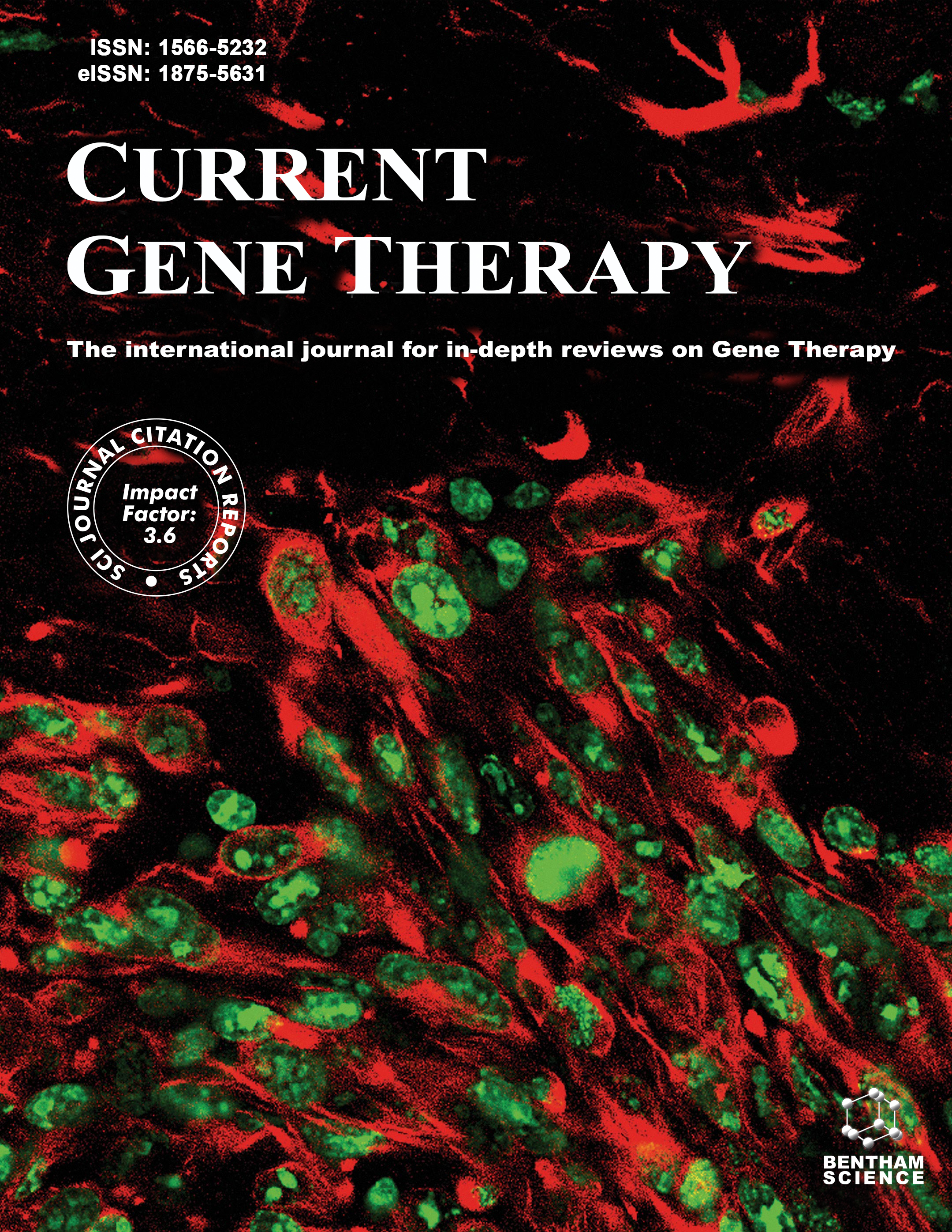
Full text loading...
The dopamine (DA) system is central to mood regulation, motivation, and reward processing, making it a critical focus for understanding Major Depressive Disorder (MDD). While the dopaminergic system's role in MDD pathophysiology has been acknowledged, gaps remain in linking specific receptor subtypes and genetic factors to depression-like phenotypes. This study explores the interplay between dopamine receptor subtypes (D1-D5) and associated genetic variations, particularly focusing on receptor heterodimers and polymorphisms influencing dopamine biosynthesis, signalling, and metabolism. A comprehensive review of molecular mechanisms highlights key findings; alterations in D1-D2 heterodimers contribute to mood dysregulation; D3 receptor downregulation correlates with depressive behaviour; and genetic polymorphisms, including those in tyrosine hydroxylase and dopamine transporter (DAT) genes, influence dopamine levels and receptor functions. Emerging data from neuroimaging and animal models confirm the pivotal role of dopamine receptor subtypes in MDD, offering insights into their therapeutic targeting. Here, we show that dopaminergic dysfunction underpins MDD's pathophysiology, with receptor-specific mechanisms presenting novel drug targets. Understanding these pathways facilitates precision medicine approaches, bridging the gap between genetic predisposition and receptor pharmacology, and paving the way for tailored antidepressant strategies with improved efficacy and reduced side effects.

Article metrics loading...

Full text loading...
References


Data & Media loading...

